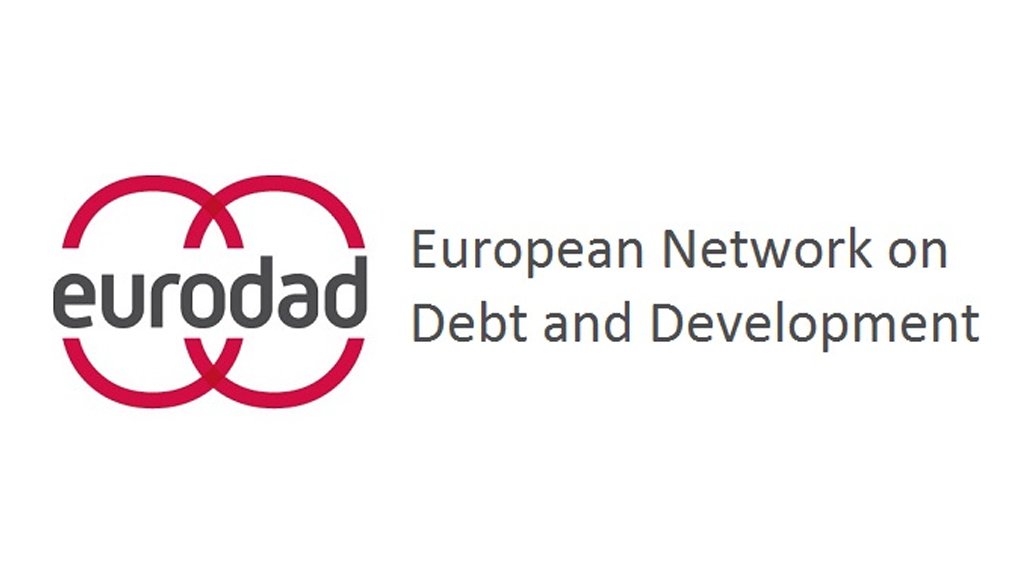- Is this what aid was meant to be?: A critical analysis of Official Development Assistance in 20230.29 MB
Aid data from 2023 has called into question the direction in which Official Development Assistance (ODA) is headed. More worryingly still, some rich countries have already announced budget cuts for 2024. This report provides a basis for discussion and debate at a time when the value of ODA is more relevant than ever.
In 2023, conflict and famine marked another tumultuous year for many parts of the world and put the resources needed to finance the international sustainable development agenda under immense pressure. Against this backdrop, Official Development Assistance (ODA, or aid) reached a record-breaking US$223.7-billion up from US$211-billion the previous year. However, these record figures mask major fluctuations in aid budgets and allocations among rich countries.
In truth, ODA from over half of the OECD Development Assistance Committee (DAC) members dropped in 2023, including some of the largest donors such as Germany and France. In total, aid from EU countries in the DAC fell by 7.7 per cent in real terms. What’s more, rich countries paid themselves US$31-billion (almost 14% of ODA) in in-donor refugee costs, the second highest amount ever reported.
This briefing highlights five areas that we believe will be especially important in shaping the future of ODA and development finance more broadly:
- The upcoming political calendar and its impact on ODA
- Announced cuts to ODA budgets in 2024 signal major drawbacks in aid disbursements
- Converting unmet commitments to an ‘aid debt’
- The role of geopolitics and foreign policy in aid
- A reason and an opportunity to rethink global governance of aid
Report by Eurodad
EMAIL THIS ARTICLE SAVE THIS ARTICLE ARTICLE ENQUIRY
To subscribe email subscriptions@creamermedia.co.za or click here
To advertise email advertising@creamermedia.co.za or click here











